Clarifying the possibility of allocating 139,828 billion VND for projects connecting expressways
The total capital demand for construction of intersections and connecting roads of expressways in the medium-term public investment period of 2026 - 2030 as proposed by the Ministry of Transport and localities is very large, possibly up to VND139,828 billion.
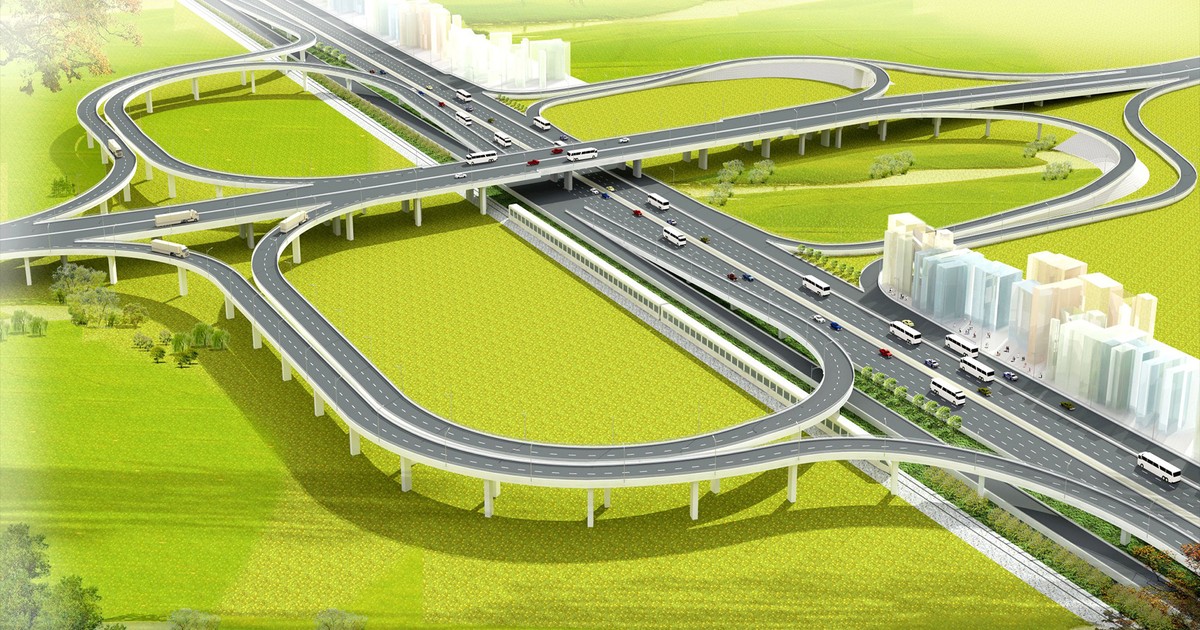 |
| Perspective of Dam Nha Mac intersection on Ha Long - Hai Phong highway. |
The Ministry of Planning and Investment has just issued Official Dispatch No. 5098/BKHĐT – PTHTĐT to the Government Office to comment on the proposed contents of the Ministry of Transport on connecting expressways according to Official Dispatch No. 769/CD – TTg dated August 26, 2023 of the Prime Minister.
Clarify the suitability of each intersection
It should be added that the content related to the development of the expressway and national highway network has been determined in the national planning and regional planning in the provinces and has been updated in the transport network development plan in the provincial planning content during the process of developing and appraising the provincial planning for the period 2021-2030, with a vision to 2050.
Accordingly, localities have focused on organizing development space and synchronous and scientific connection plans, aiming to build a synchronous traffic system, seamlessly connected with the national, regional and intra-provincial traffic systems, creating a smooth and effective road traffic network in the area.
However, to clarify the suitability and synchronization with the planning and regulations on investment in intersections and connecting roads, in Official Dispatch No. 5098, the Ministry of Planning and Investment requested the Ministry of Transport to study, analyze and evaluate the suitability of each intersection (regarding proposed locations and connection methods including level crossings and different level crossings) and connecting routes (technical levels of national highways and provincial roads) with the plan for developing the transport network in the provincial planning content and other planning for the period 2021-2030, with a vision to 2050 in the provinces approved by competent authorities.
Based on the analysis and assessment of the conformity with the development orientation of economic corridors, the development orientation of the transport network in regional planning and road infrastructure development planning for the period 2021-2030, with a vision to 2050 as well as in relevant provincial planning to explain and supplement specific analysis and assessment of the priority level for intersections and connecting routes, meeting the increasing transportation demand, serving socio-economic development.
In addition, the Ministry of Planning and Investment also requested the Ministry of Transport to continue to coordinate with relevant localities to review and evaluate the conformity with relevant planning and implementation plans for the 2021-2030 period, with a vision to 2050, as a basis for proposing a List in order of priority corresponding to investment capital sources from the central budget and local budgets in accordance with regulations.
The Ministry of Planning and Investment noted that intersections and connecting routes must comply with regulations on distance between intersections according to highway standards QCVN 115:2024/BGTVT and highway design standards TCVN 5729:2012.
Because in the attached appendices, the Ministry of Transport only lists the locations and distances between adjacent intersections without assessing the suitability of the intersection locations proposed by localities with the above regulations and related planning.
Based on the results of the review and assessment, the Ministry of Transport needs to clarify the authority to decide on the location of intersections connecting to the highway for each proposal of the localities. If necessary, at intersection locations with forecasted high traffic volume, gateways to large cities, urban areas, industry, and services, it is necessary to study investment with appropriate scale, ensuring practical requirements and long-term vision.
Regarding investment capital for intersections and connecting routes, the Ministry of Planning and Investment said that currently, the National Assembly has no policy to allow the use of the central budget reserve fund for the medium-term public investment plan for the 2021-2025 period.
Regarding the source of increased annual budget revenue, according to the Ministry of Planning and Investment, Clause 2, Article 59 of the State Budget Law stipulates: "The Government shall develop a plan to use increased revenue and saved expenditure of the central budget, report to the National Assembly Standing Committee for decision and report to the National Assembly at the nearest session."
The use of this capital source must comply with the provisions of the Law on Public Investment and the State Budget, prioritizing the handling of urgent and hot issues, works and projects that have been arranged in the medium-term public investment plan but have not been allocated enough capital... the remaining capital after ensuring other tasks are met will be allocated to new works and projects.
In case of proposal to allocate this capital source, it must be consistent with the criteria, principles, and allocation norms and must be reported to competent authorities for consideration and decision (Report to the Government, the National Assembly Standing Committee, and the National Assembly).
“Regarding the national 5-year financial plan, the medium-term public investment plan for the 2026-2030 period has not been developed yet, so there is no basis to determine the ability to balance state capital for the medium-term public investment plan for the 2026-2030 period,” informed the leader of the Ministry of Planning and Investment.
Select priority category
Previously, in early May 2024, the Ministry of Transport issued Official Dispatch No. 4752/BGTVT-KHDT to the Government leaders reporting on the connection of expressways according to Official Dispatch No. 769/CD-TTg.
According to the Ministry of Transport, there are 134 recommendations and proposals from localities with a total investment capital demand of about 174,543 billion VND, of which 53 recommendations are related to intersections (demand of about 33,029 billion VND); 81 recommendations are related to connecting routes (demand of about 141,514 billion VND).
Of these, there are 9 proposals related to intersections that have been allocated capital to prepare for investment or are under construction, including: Bac Giang (1 intersection on the Bac Giang - Lang Son route), Ha Nam (2 intersections, Cau Gie - Ninh Binh route), Da Nang (1 intersection, La Son - Hoa Lien route), Binh Thuan (1 intersection, Phan Thiet - Dau Giay route), Hung Yen (1 intersection, Hanoi - Hai Phong route), Hai Duong (1 intersection, Hanoi - Hai Phong route), Vinh Phuc (2 intersections, Noi Bai - Lao Cai route).
There are 7 proposals to add intersections or expand existing intersections on expressways managed by the Vietnam Expressway Corporation (VEC), with no identified investment capital source, including: Ha Nam, Nam Dinh (3 intersections, Cau Gie - Ninh Binh route); Da Nang, Quang Nam, Quang Ngai (4 intersections, Da Nang - Quang Ngai route).
There are 5 proposals to add intersections, however, they do not ensure technical requirements according to expressway standards QCVN 115:2024/BGTVT, expressway design standards TCVN 5729:2012 (such as distance from adjacent intersections less than 4km, it is possible to consider arranging parallel roads to connect with adjacent intersections, convenient for traffic organization, not affecting the traffic capacity of the expressway), including: Bac Giang (1 intersection, Bac Giang - Lang Son route), Hai Phong (1 intersection, Hanoi - Hai Phong route), Quang Binh (1 intersection, Vung Ang - Bung route), Da Nang (1 intersection, Da Nang - Quang Ngai route), Hau Giang (1 intersection, Can Tho - Ca Mau route).
There are 32 recommendations to supplement and complete the intersection according to the plan. These investment recommendations are part of the expenditure tasks of both the central and local budgets, and the capital source for investment has not been allocated yet.
According to the Ministry of Transport, the capital investment demand to complete the intersections according to the above recommendations is about 33,029 billion VND (central budget 7,501 billion VND, local budget 25,528 billion VND), of which the capital allocated for implementation is about 4,697 billion VND (central budget 270 billion VND, local budget 4,427 billion VND), the need for additional allocation is about 28,332 billion VND (central budget 7,231 billion VND, local budget 21,101 billion VND).
Regarding the recommendations related to connecting routes, the Ministry of Transport said that it received 10 recommendations related to connecting routes that have been allocated capital to prepare for investment or are under construction, including: Bac Giang (1 connecting route, Bac Giang - Lang Son expressway); Thanh Hoa (3 connecting routes, Mai Son - National Highway 45 expressway, 2 connecting routes, National Highway 45 - Nghi Son expressway); Ha Tinh (2 connecting routes, Ham Nghi - Vung Ang expressway); Da Nang (1 connecting route, Da Nang - Quang Ngai expressway); Can Tho (1 connecting route, Chau Doc - Can Tho - Soc Trang expressway).
There are 71 proposals for new investment or expansion of connecting routes including: expressways, national highways; provincial and district roads. Investment in these routes is not yet included in the medium-term public investment portfolio for the period 2021 - 2025 of the Ministry of Transport and localities.
The investment capital requirement to complete the connecting routes according to the recommendations is about 141,514 billion VND (central budget 32,334 billion VND, local budget 109,180 billion VND), of which the capital allocated for implementation is about 16,554 billion VND (central budget 600 billion VND, local budget 15,954 billion VND), the additional allocation requirement is about 124,960 billion VND (central budget 31,734 billion VND, local budget 93,226 billion VND).
According to the leader of the Ministry of Transport, if there is enough capital to invest in completing all intersections and connecting routes, it will improve investment and exploitation efficiency, contributing to promoting socio-economic development of related localities.
However, in the context of difficult state capital sources, immediately balancing about 174,543 billion VND of the state budget for investment is difficult to do, while it is necessary to prioritize investment in expanding 2-lane expressways to 4 lanes and focusing resources to complete the goal of having 5,000 km of expressways as set out in the Resolution of the 13th National Party Congress.
Based on the synthesis of local recommendations, the role of the expressway, the need for investment, and the ability to balance capital, the Ministry of Transport has reviewed and preliminarily assessed the priority level of local recommendations based on the overall criteria.
Specifically, for intersections and connecting routes with urgent needs, it is necessary to promptly arrange capital for investment in the period of 2021 - 2025. The Ministry of Transport recommends that the Prime Minister assign the Ministry of Planning and Investment to preside over and coordinate with the Ministry of Finance to research and advise on balancing about 4,352 billion VND from the annual increase in central budget revenue and the reserve fund for the medium-term public investment plan for the period of 2021 - 2025 to support the Ministry of Transport with about 2,075 billion VND to invest in 8 connecting routes, which are national highways (National Highway 19B, National Highway 19C, National Highway 29, National Highway 217, National Highway 217B, National Highway 49, National Highway 10, National Highway 91); Support 8 localities (Nghe An, Ha Tinh, Quang Binh, Quang Ngai, Binh Dinh, Lang Son, Thanh Hoa, Thua Thien Hue) about 2,277 billion VND to invest in 2 intersections and 10 connecting routes.
For intersections and connecting routes that need to prioritize capital allocation for investment in the next phase, the Ministry of Transport will review and prioritize the allocation of about VND 24,833 billion in the medium-term public investment plan for the period 2026 - 2030 and other legal capital sources to invest in 4 intersections, 12 connecting routes which are national highways, expressway branches (National Highway 9B, National Highway 1, National Highway 47, National Highway 45, National Highway 40B, National Highway 28, National Highway 55, National Highway 70B, National Highway 34B, National Highway 3, 2 branches on the Ho Chi Minh City - Trung Luong Expressway).
Provinces and centrally run cities review and prioritize the allocation of about VND 114,995 billion in the medium-term public investment plan for the period 2026 - 2030 and other legal capital sources to invest in 26 intersections and 40 connecting routes, especially for ongoing projects of which the locality is the managing agency/competent agency. During the process of implementing investment preparation work, investment in intersections must be carried out in accordance with the expressway standards QCVN 115:2024/BGTVT, expressway design standards TCVN 5729:2012, and comply with the provisions of Clause 10, Article 1 of Decree No. 25/2023/ND-CP of the Government on management, operation and maintenance of expressway works.
Regarding the intersections and connecting routes on the expressways managed and operated by VEC, the Ministry of Transport proposed to assign the State Capital Management Committee at Enterprises to direct VEC to research and arrange capital of about VND 7,007 billion to prioritize investment in 7 intersections and 1 connecting route according to the recommendations of 6 localities (Ha Nam, Nam Dinh, Da Nang, Quang Nam, Quang Ngai) on the expressways Cau Gie - Ninh Binh, Da Nang - Quang Ngai, Ho Chi Minh City - Long Thanh - Dau Giay.
Practice has proven that the formation of expressways has been creating an important driving force to help localities open up new economic and social development spaces in the area; many urban areas, industrial parks, service and tourism zones have been formed and are one of the attractive investment attraction products..., improving the efficiency of land exploitation and use, creating more jobs and livelihoods for people.
However, there are still some cases where the connection between expressways and the road system in localities is still limited, and there is no connection between expressways and planning, so the potentials, advantages, and new development spaces have not been effectively exploited to promote local socio-economic development.




![[Photo] Prime Minister Pham Minh Chinh receives President of Cuba's Latin American News Agency](/_next/image?url=https%3A%2F%2Fvphoto.vietnam.vn%2Fthumb%2F1200x675%2Fvietnam%2Fresource%2FIMAGE%2F2025%2F12%2F01%2F1764569497815_dsc-2890-jpg.webp&w=3840&q=75)


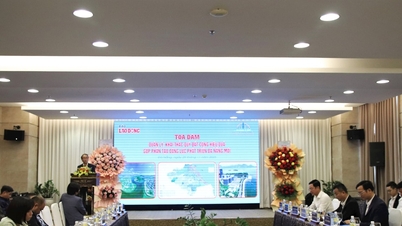





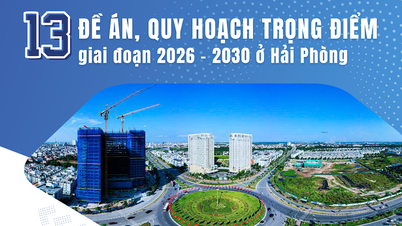

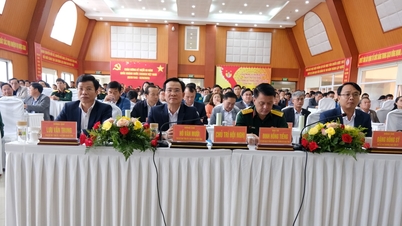

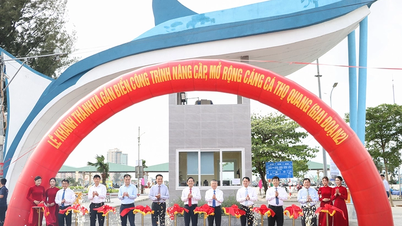







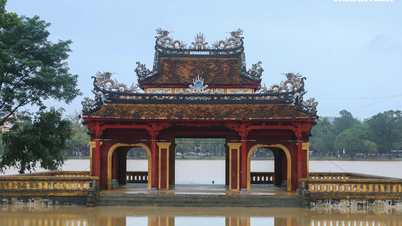





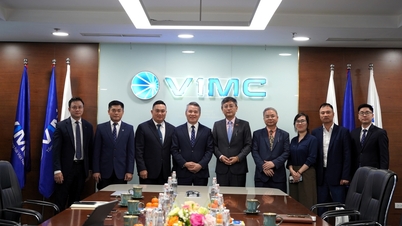
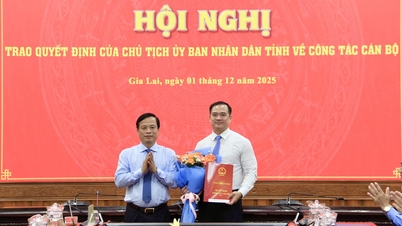

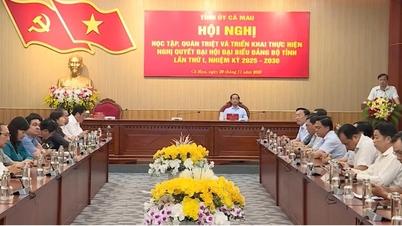
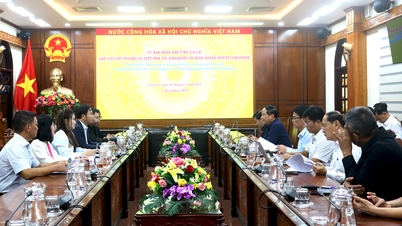








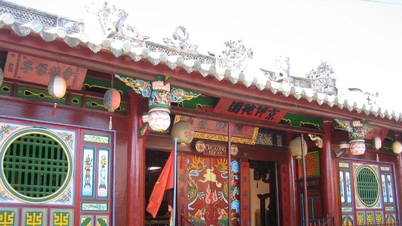

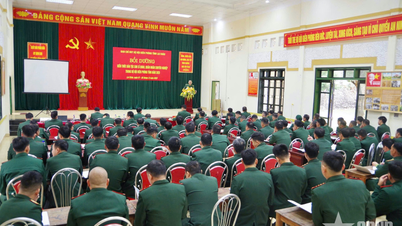








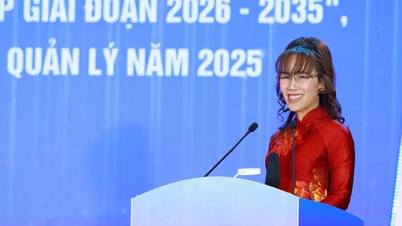


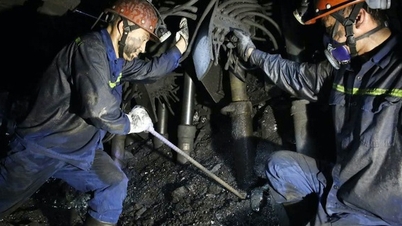


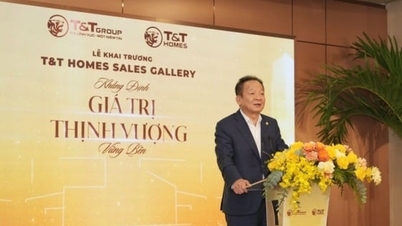















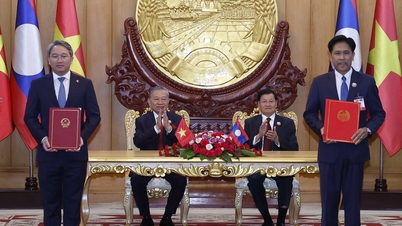
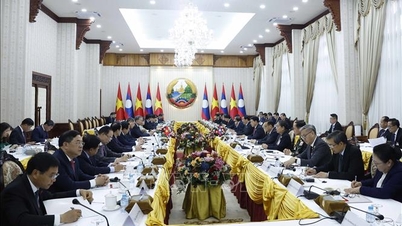



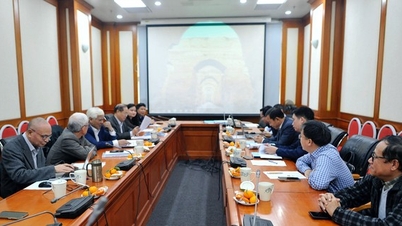
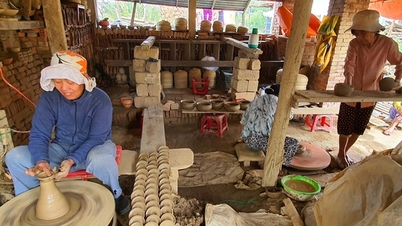

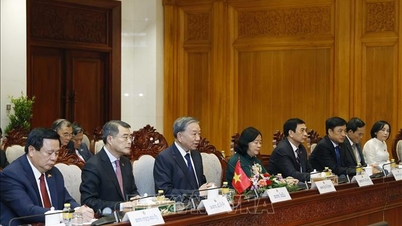


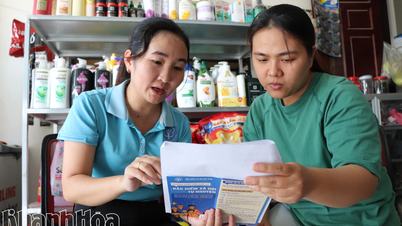
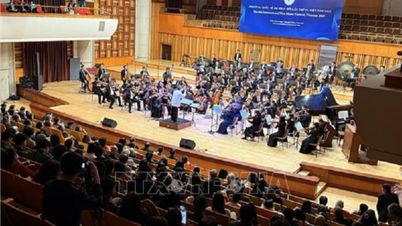


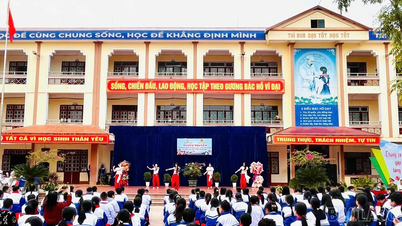








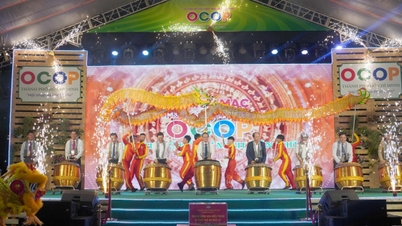



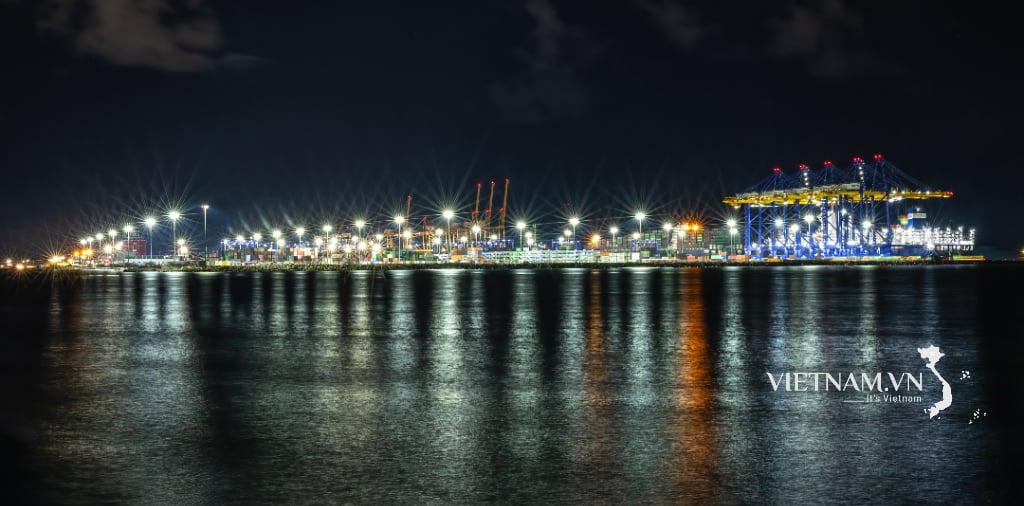

Comment (0)